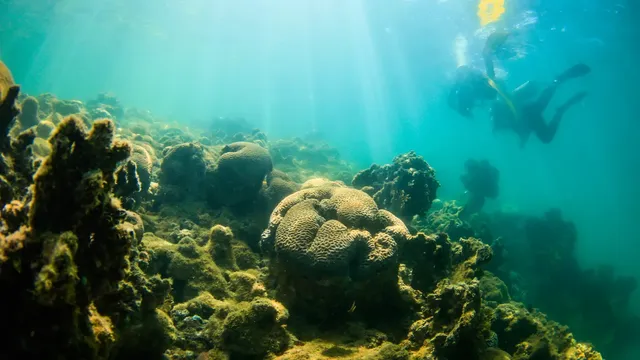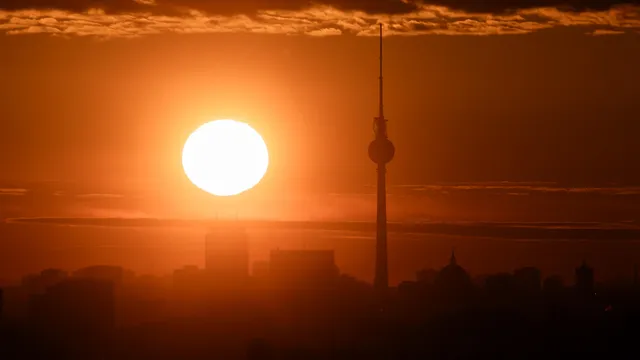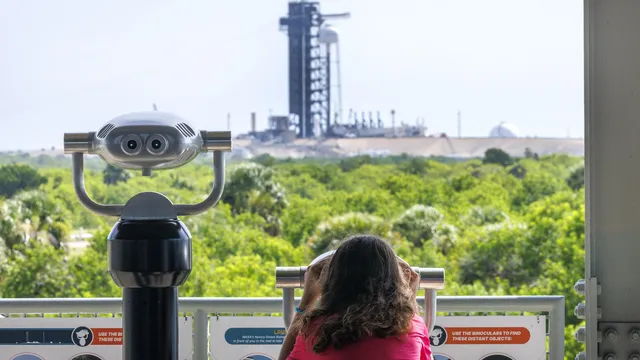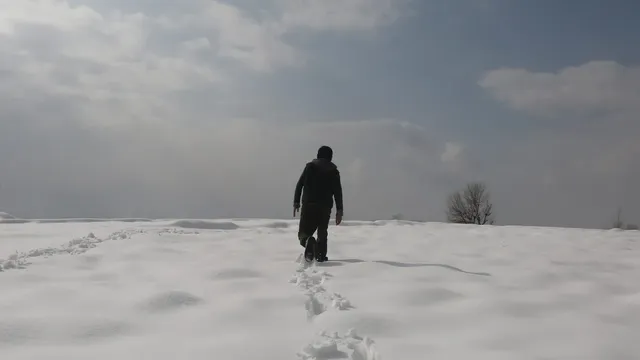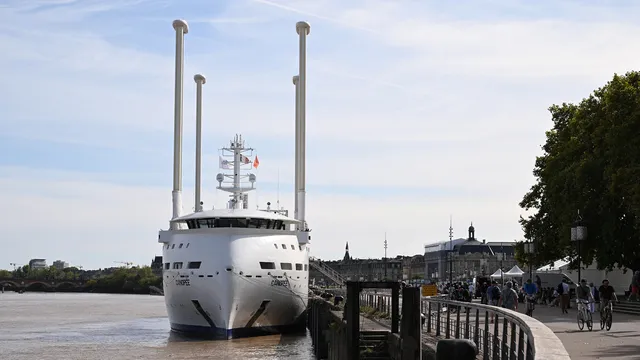The future of coral reefs is quite clear to science: with global warming of 1.5°C—a threshold that the planet is now almost certain to cross—most corals are likely to die.
“I wish the reality were different,” but we must anticipate this new reality “rather than clinging to the past,” Kenyan researcher David Obura, chair of IPBES, a group of scientists specializing in biodiversity under the auspices of the UN, told AFP.
“It's painful to imagine that all coral reefs could die,” said Melanie McField, a Caribbean reef expert who describes “a kind of pre-traumatic stress” among her colleagues.
If global warming reaches 1.5°C compared to the pre-industrial era, which now seems highly likely, between 70 and 90% of corals are likely to die, according to the IPCC, the UN-led group of climate experts. At 2°C, that figure will rise to 99%.
At current warming levels of around 1.4°C, corals are already dying en masse, and many scientists are noting their collapse in the tropics.
Corals—barriers against erosion and reservoirs of biodiversity that also store carbon—are bleaching under the effects of heat, making them particularly vulnerable to global warming. In warmer oceans, they expel the microorganisms that provide their bright colors and food, and eventually die of starvation.
Other threats related to climate change include storms and ocean acidification.
The consequences are already being felt by around one billion people who depend on corals as a source of food and income from tourism, as well as by a quarter of the ocean life that thrives there.
According to David Obura, scientists are only now beginning to face the prospect of a world without corals.
“Let's be honest and face the consequences,” he urged.
For now, however, scientific research is doing little to anticipate this future, with limited resources being directed primarily toward protecting surviving corals.
Nevertheless, experts from four continents interviewed by AFP believe that rather than disappearing completely, corals are likely to undergo a radical transformation.
This change will occur gradually, with hard corals—those that build the reefs that support the entire ecosystem today—dying off, leaving only skeletons without living tissue.
They will gradually be covered with algae and colonized by simpler organisms such as “soft” corals, fungi, mussels, and other creatures capable of surviving in warmer waters.
“There will be more losers than winners,” warned Tom Daly, a scientist and advisor to the International Coral Reef Initiative.
Fish will be less common in smaller, less dense, and less complex reefs, which will threaten the main food source for people living on small islands, especially in the poorest coastal areas.
Dead corals, in turn, will eventually erode and disintegrate.
“They will still exist, but they will look very different,” explained Tom Daly.
According to David Obura, these future reefs could still provide resources, especially in the world's most disadvantaged regions.
But climate change is not the only threat to these corals. Tackling pollution, environmentally harmful subsidies, and overfishing will give the remaining corals “the best chance of surviving any future warming,” he stressed.
Saving them will be “extremely difficult” as long as greenhouse gas emissions remain at current levels, said Jean-Pierre Gattuso, an ocean expert at the CNRS.
However, some corals have developed a certain level of heat resistance, and projects to restore small reefs using these resistant strains are showing promising results, according to Gattuso.
“What can we do in the face of this bleak outlook? We can make it a little less bleak,” concluded scientist Tom Daly. | BGNES

 Breaking news
Breaking news
 Europe
Europe
 Bulgaria
Bulgaria
